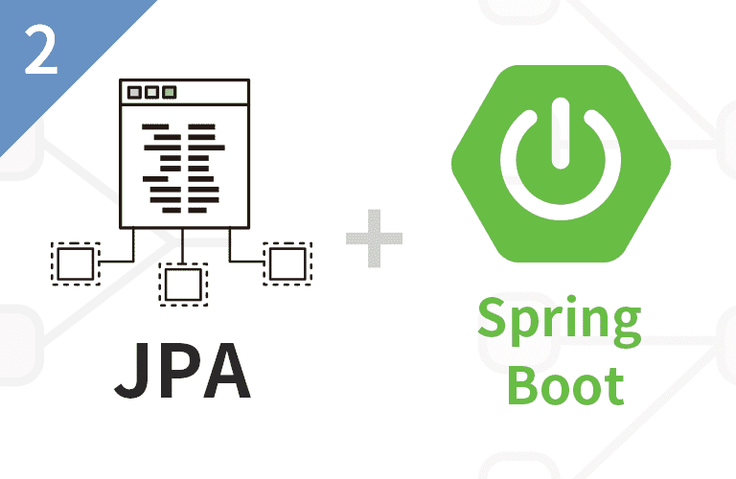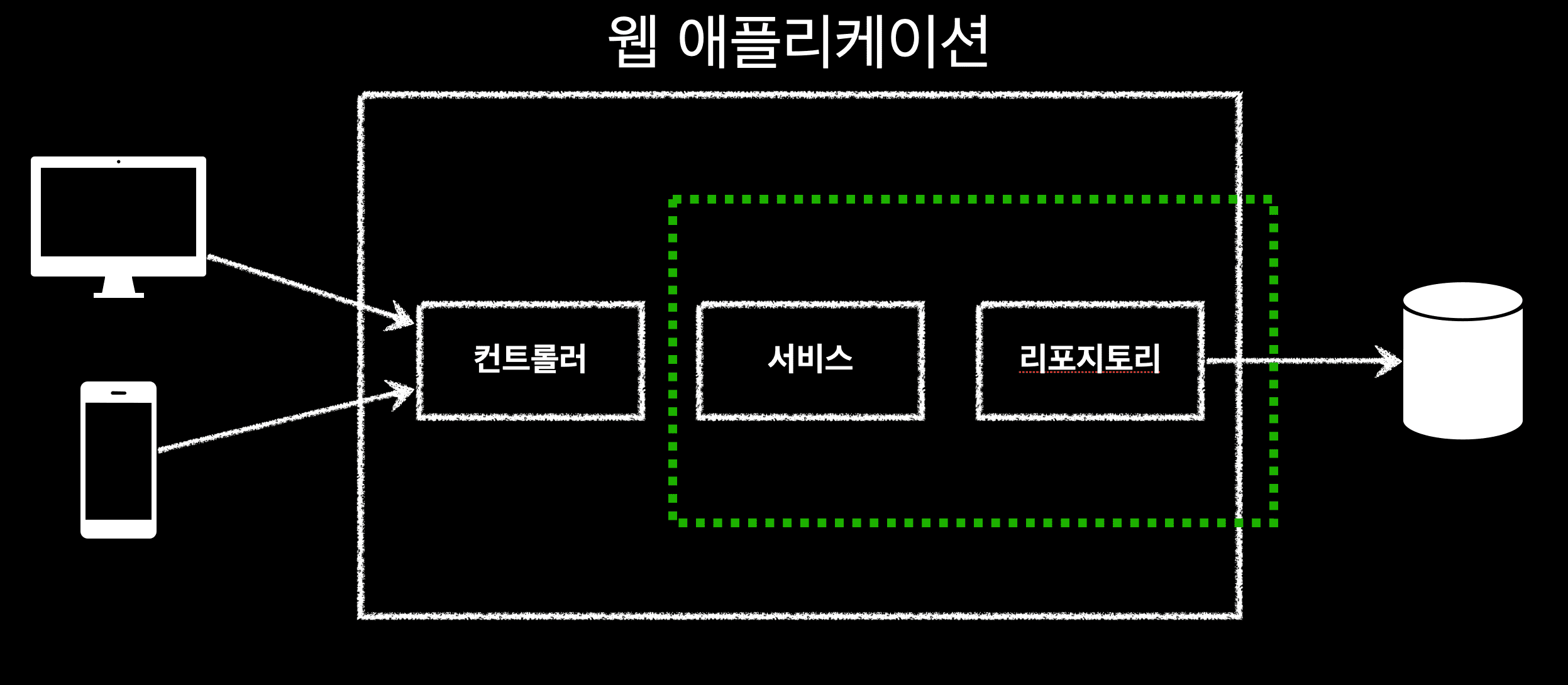Real-world! Spring Boot and JPA Utilization 2 - API Development and Performance Optimization
Develop APIs using Spring Boot and JPA. And learn how to optimize JPA's extreme performance.
20,970 learners
Level Intermediate
Course period Unlimited

News about the upcoming Spring DB access technology opening!
Hello everyone^^!
Finally, the Spring DB access technology lecture is ready to open. Thank you for waiting and supporting us for a long time.
As we cover a vast amount of DB data access technology, the lecture volume has increased to over 140 lectures.
I decided to split the lecture into two parts because I was worried that the release would be too late if I continued preparing like this.
1. Spring DB Part 1 - Core Principles of Data Access
2. Spring DB Part 2 - Data Access Utilization Technology
The release date is scheduled for April 12th (Tuesday) ~ April 19th (Tuesday) ^^!
( Part 2 is scheduled to be released at the end of May .)
We have also prepared this DB access technology lecture for a long time. Please look forward to it.
- Course name: Spring DB Part 1 - Core principles of data access
- Number of lectures: 54
- Description pictures: about 80 pictures
- Lecture materials PDF: Approximately 200 pages
Please refer to the following for detailed lecture introduction.
Spring DB Part 1 - Core Principles of Data Access
Data Access Technology
Most modern applications are web applications that run in a web environment.
In simple terms, web applications perform three main functions:
- A function that receives and processes requests from clients such as web or apps - Controller
- Functions that perform business logic - services
- Ability to store and manage performance results in a database - Repository
In the previous Spring MVC lecture, we learned how to receive and process client requests. This time, we will learn in depth about the next step, services that perform business logic, and repositories that store and manage the results in a database.
The function that receives and processes the client's request uses Spring MVC. The function that performs business logic is made with pure Java code. Finally, the function that stores and manages the execution results in the database uses various technologies such as JDBC, JdbcTemplate, MyBatis, and JPA. And if you use the DB data access technology that Spring provides, you can integrate these technologies with Spring and use them very conveniently.
Why Data Access Technologies Are Difficult to Learn
In order to store and manage data in a database in an application, you need to learn various data access technologies. The three main reasons why it is difficult to learn these data access technologies are as follows.
1. Weak database knowledge
All data access technologies are for storing and managing data in a database. Therefore, a basic understanding of databases is required. Before learning this course, it is recommended that you learn the basics of databases and SQL.
2. Data access technologies are too diverse.
There are so many data access technologies, from JDBC to technologies called SQL mappers like JdbcTemplate or MyBatis to the latest technologies like ORM technologies like JPA, Spring Data JPA, and Querydsl. There are so many different technologies that it is not easy to clearly understand and use the pros and cons of each technology and which technology is good to use in which situation.
3. The history of data access technology is too old.
Data access technology, starting with JDBC, has been around for over 20 years. In the meantime, not only has data access technology developed, but Spring has also developed and improved many functions to help use these data access technologies more conveniently. So now, too many things have been automated and abstracted. In particular, backend developers who have recently started developing do not know the exact reason why the function works in this way when using data access technology, and simply use it based on how to use it. Even if they wonder, "Why use it this way?", it is difficult to properly understand and use the past context of why it was improved and used this way due to some inconvenient problem in the past.
Course Features
From JDBC, the beginning of data access technology, to the latest practical technology
This lecture goes back 20 years. Starting with JDBC, the beginning of data access technology, we will go through everything with code, from connections, connection pools, data sources, transaction concepts, to data access technology supported by Spring. You will find out why the next technology was born and what improvements were made, and you will understand them one by one while coding directly.
And through Part 2, you will also learn data access technologies that are commonly used in practice, such as MyBatis and JPA.
Build a solid foundation
When learning data access technology, many basics are important. This lecture covers the basics of transactions and Java exceptions, which are widely used in practice but not easy to learn. And you can learn how the contents learned in this way are used in practice through code.
Course Objectives
- Objective: This course aims to perfect the data access skills required for backend development.
- From Basics to Practice: There's a lot of content for practical development, but it's structured so that even developers without backend development experience can adapt.
- Focused on practical examples: Learn the data access technologies required for developing backend applications with Spring in a natural way through examples, and learn best practices from practical use.
- Conciseness: We boldly excluded old features that are not used in practice. We mainly explain the contents that are mainly used in modern practice.
This lecture does not cover all of the data access techniques.
We will establish the core framework required for data access technology and then explain the technologies essential for practical use.
By the end of this course, you will be able to confidently develop Spring backend applications with a solid foundation of knowledge.
Spring DB Lecture Structure
The Spring DB lecture is divided into parts 1 and 2.
This lecture is Spring DB Part 1 - Core Principles of Data Access.
Spring DB Part 1 - Core Principles of Data Access
Covers core concepts of data access technology and understands the basic principles of data access technology provided by Spring.
Part 1 first learns the core concepts of the underlying technologies such as JDBC, connections, connection pools, data sources, and transactions, which are pure data access technologies without Spring. After laying the foundation, we learn in depth step by step how Spring data access technologies help us use these functions conveniently.
Spring DB Part 2 - Data Access Utilization Technology
Learn various application techniques based on Part 1.
From SQL mapper technologies like JdbcTemplate and MyBatis to the latest ORM technologies like JPA, Spring Data JPA, and Querydsl, you will learn about the pros and cons of each technology. You will also learn in depth about testing methods for the data access layer and various functions for Spring transactions.
organize
Backend developers must complete two major axes: MVC and DB access technology. I will also work hard to help you complete these two axes and grow into a great backend developer. Thank you.





